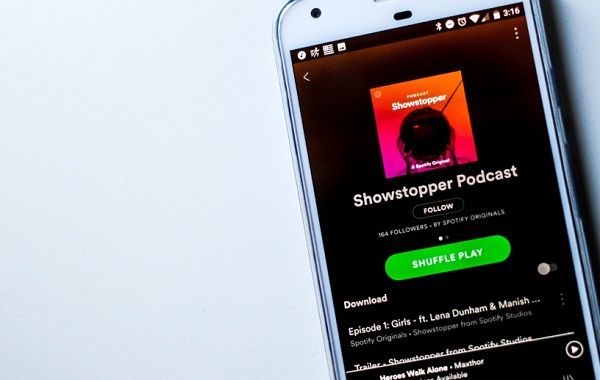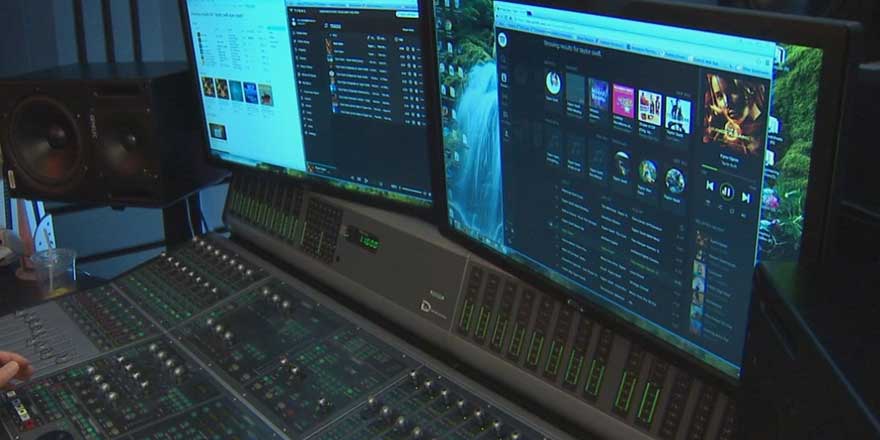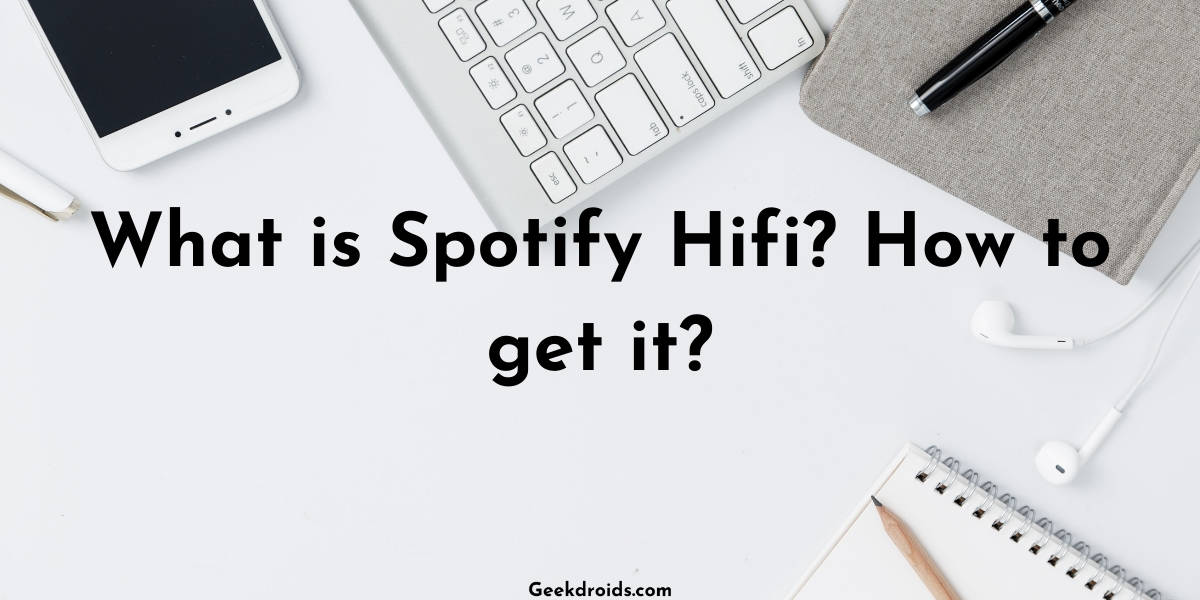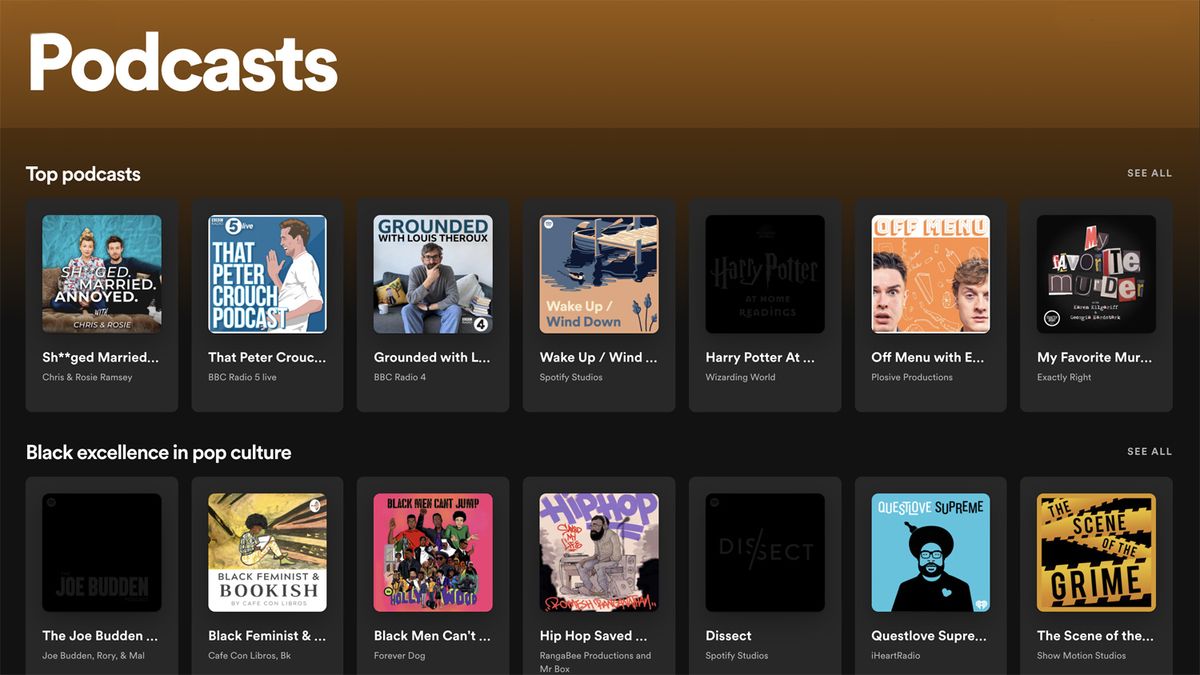
Is it that we’re less concerned about the quality of what we listen to compared to the quality of what we watch? Or is it that the benefits of better image resolution on our TV screens and portable devices is better understood and more evident than the benefits of better quality audio? But for some reason, we're generally far less concerned about similar sorts of improvements when it comes to audio quality. Many of us appreciate the step-up improvement in picture quality from standard definition to 4K images on the best TV screens, and how this impacts our overall viewing engagement. Of course, to hear the true full potential of the highest quality digital streams you'll need to use a wired connection from your playback source, or listen via a home hi-fi with full range speakers that fully supports hi-res playback without any comprises (or degradation) in any part of the digital audio signal chain. Sony's LDAC codec does better at up to 990kbps, but you'll need a supported source and compatible wireless headphones such as a Sony Xperia phone partnered with the Sony WH-1000XM5 headphones or Sony WF-1000XM4 earbuds, say. If CD-quality is represented at 1,411kbps, even with sophisticated codec support such as aptX HD achieving better bandwidth handling over wireless, it maxes out 566kbps.


So even if your music file is at CD quality, you're getting lesser quality over wireless.


If you know anything about wireless audio and Bluetooth connectivity, you’ll know that even with the latest aptX codec support, the short-range connection cannot carry sufficient data to play true hi-res music files no matter how the makers dress up the claims. As a hi-fi hobbyist, I understand the concept of 'garbage in, garbage out.' Although originally attributed to early computing, in terms of digital audio it means the higher quality the stream, the greater chance you have of experiencing optimum audio performance for whatever device your listening to. And I'm not just talking about hi-fi listening.


 0 kommentar(er)
0 kommentar(er)
